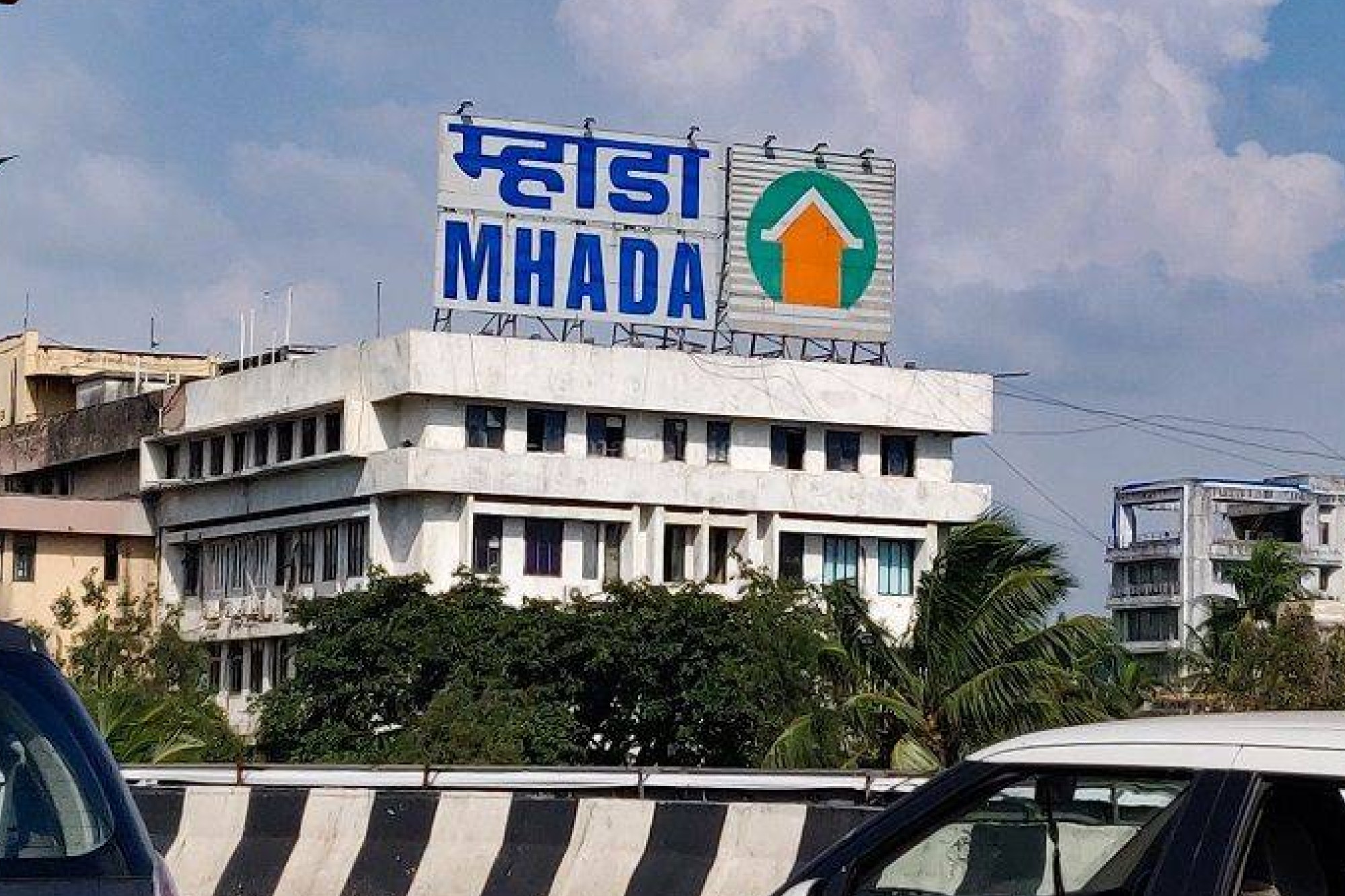
MHADA Kamathipura Redevelopment Project Name Change Announced
Change Announced
MHADA’s Mumbai Building Repair and Redevelopment Board is set to redevelop the Kamathipura area in South Mumbai, a project aimed at revitalizing one of the city’s oldest neighbourhoods. The bidding process for the redevelopment is in its final stages, with two companies having responded to the tender. The financial bids will be opened soon, and the project is expected to move forward swiftly after finalization.
MHADA CEO IAS Sanjeev Jaiswal stated that the redevelopment is necessary because the existing buildings, many constructed before 1990, have deteriorated beyond repair. The project will replace old and unsafe structures with modern housing units while preserving the character of the area. During the bidding process, developers raised concerns about the project name “Kamathipura,” citing potential challenges in selling units due to the area’s historical reputation.
Decision to Change Project Name
Following these objections, MHADA has decided to rename the Kamathipura Redevelopment Project. A formal proposal for the new name will be submitted to the state government within 15 days for approval. While the project’s name will change, the area itself will continue to be known as Kamathipura. The exact name of the project will be finalized only after state government approval.
Overview of Kamathipura Area and Infrastructure
Kamathipura spans approximately 34 acres in South Mumbai and includes 475 cessed buildings, 163 non-cessed buildings, 15 reconstructed buildings, and PMGP buildings. Additionally, 52 buildings have collapsed over the years. The area contains 15 religious sites, two schools, four government offices, and eight other structures. It houses a population of 6,073 residents and 1,342 non-residents. Over time, many buildings have deteriorated, making redevelopment crucial for safety and urban renewal.
Historical Context and Social Transformation
Kamathipura has long been associated with prostitution. Since the redevelopment initiatives began in the 1990s, the number of women involved in sex work in the area has dramatically declined—from over 40,000 at its peak to around 500 today. Despite this positive social transformation, the old identity of Kamathipura persists in public perception. Developers have argued that retaining the project name could affect the marketability of newly developed housing units.
Redevelopment Process and Future Plans
The MHADA Repair Board has taken responsibility for the redevelopment and has already invited tenders. After the financial bids are evaluated, the project is expected to commence promptly. The redevelopment plan aims to provide safe, modern housing while respecting the cultural and historical aspects of the neighbourhood. IAS Sanjeev Jaiswal emphasized that the project is focused on urban renewal, safety, and quality of life for residents.
Implications of the Name Change
Renaming the project is primarily a strategic decision to improve marketability and attract potential buyers while ensuring transparency and credibility. While the Kamathipura name carries historical significance, the project’s new name will reflect the redevelopment’s vision of modern urban living. This approach allows MHADA to balance heritage with practical considerations for housing development.
Conclusion: Towards a Modern and Safe Kamathipura
The MHADA Kamathipura Redevelopment Project, with its upcoming name change, marks a significant step in transforming one of Mumbai’s oldest neighbourhoods. By combining social transformation, urban renewal, and modern housing design, the project seeks to improve living standards for residents while maintaining the area’s unique character. With approvals and tenders in place, MHADA is set to begin this important redevelopment initiative soon, ensuring a safer and more vibrant Kamathipura for the future.
